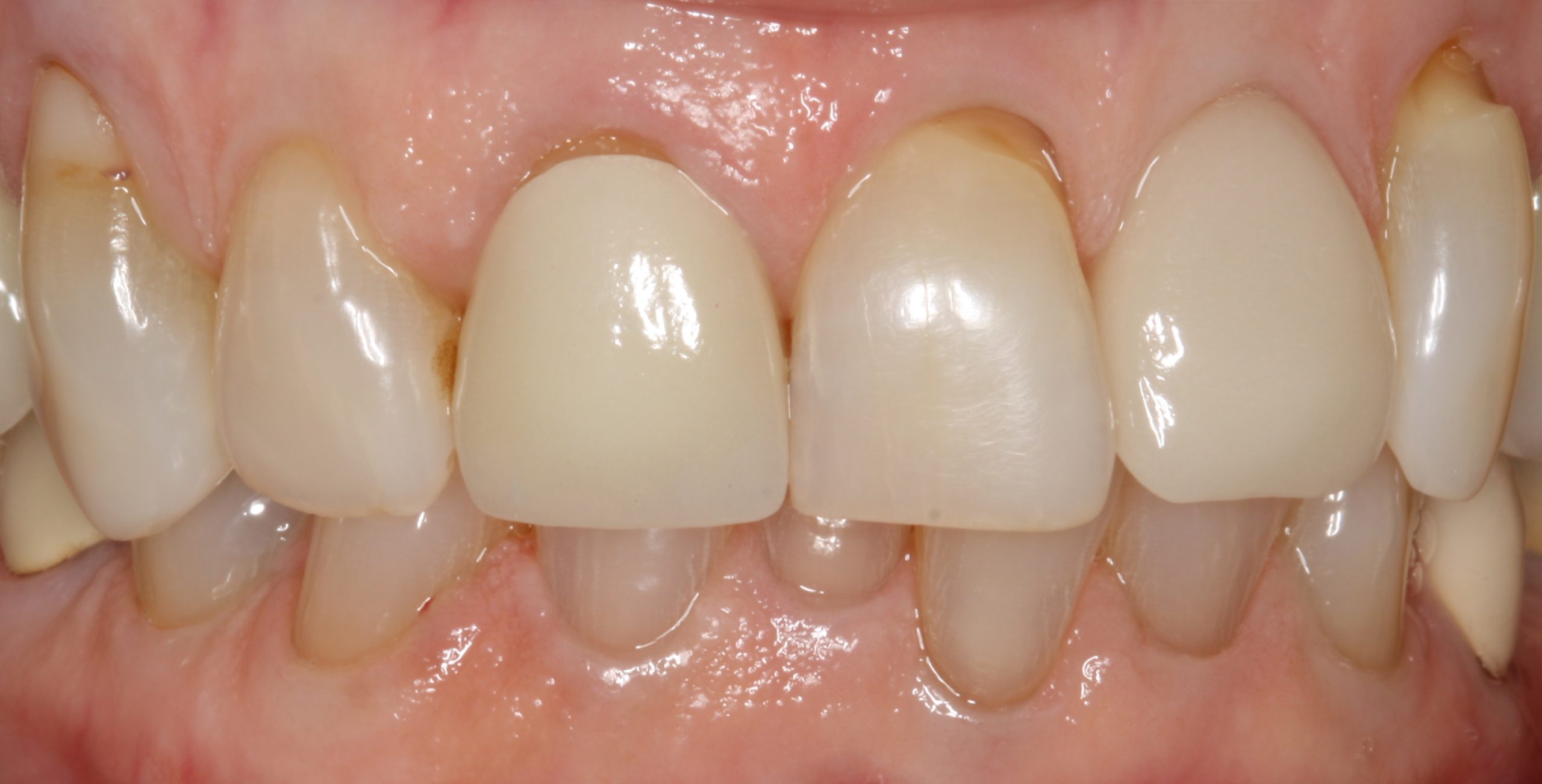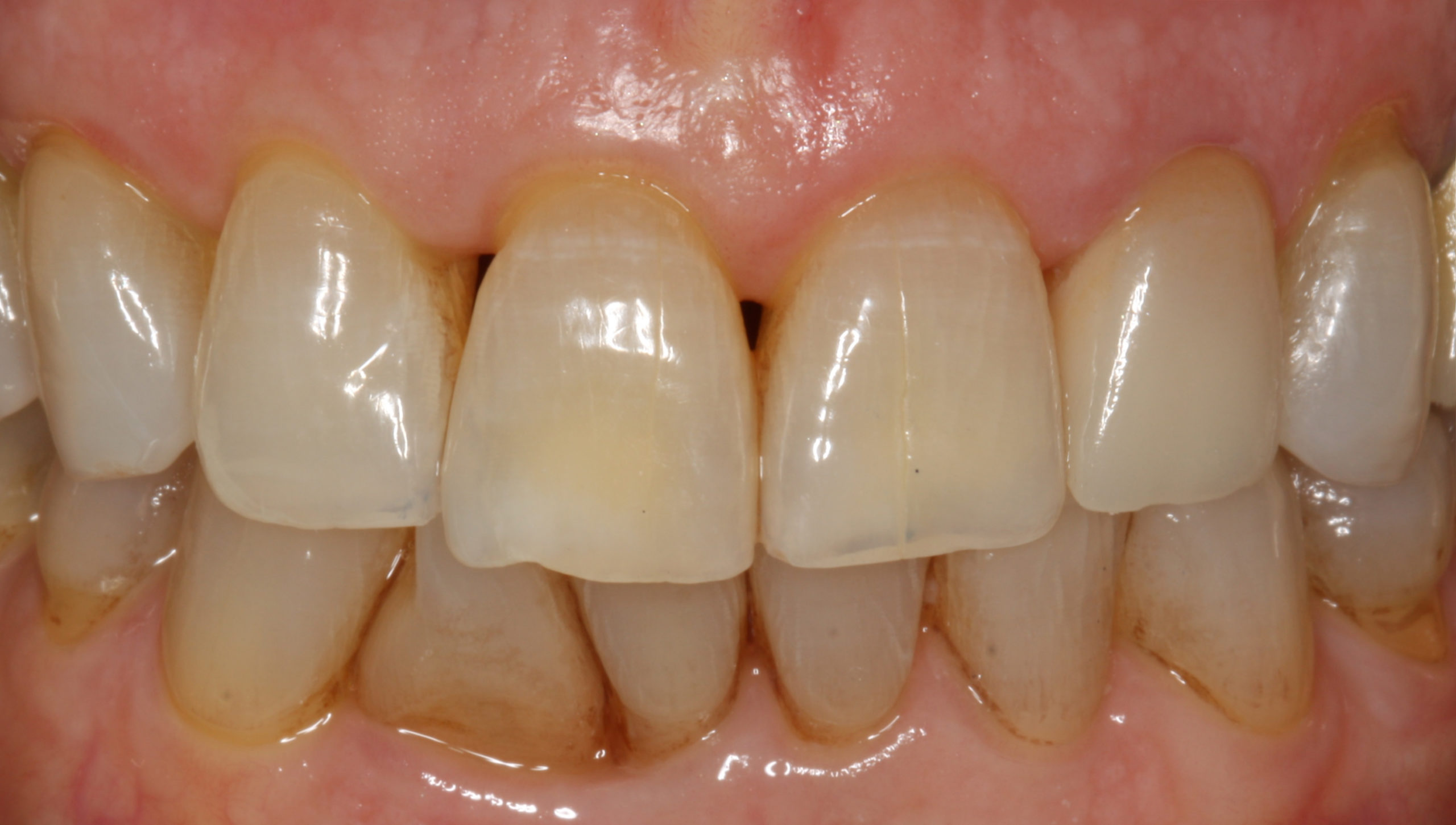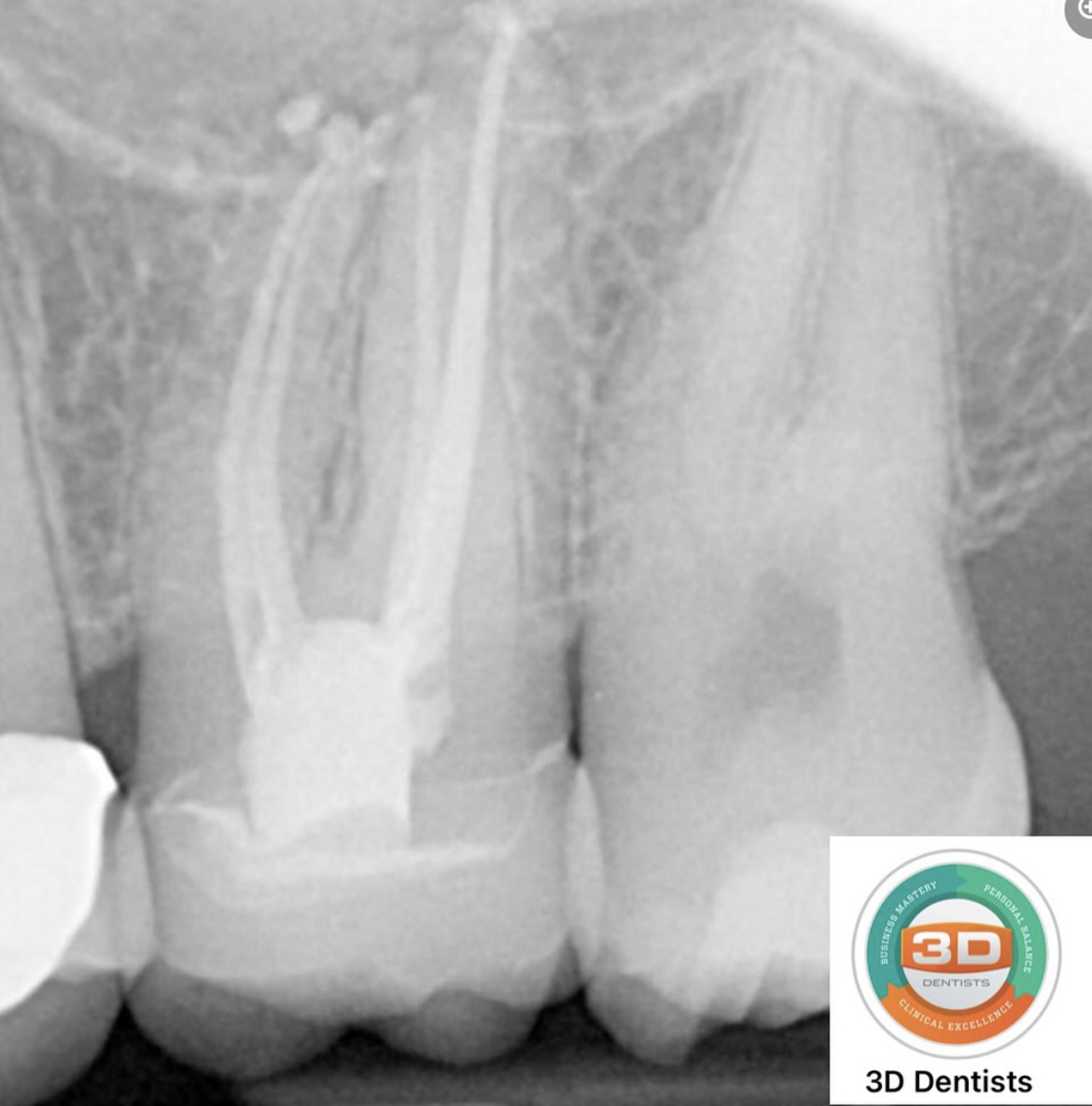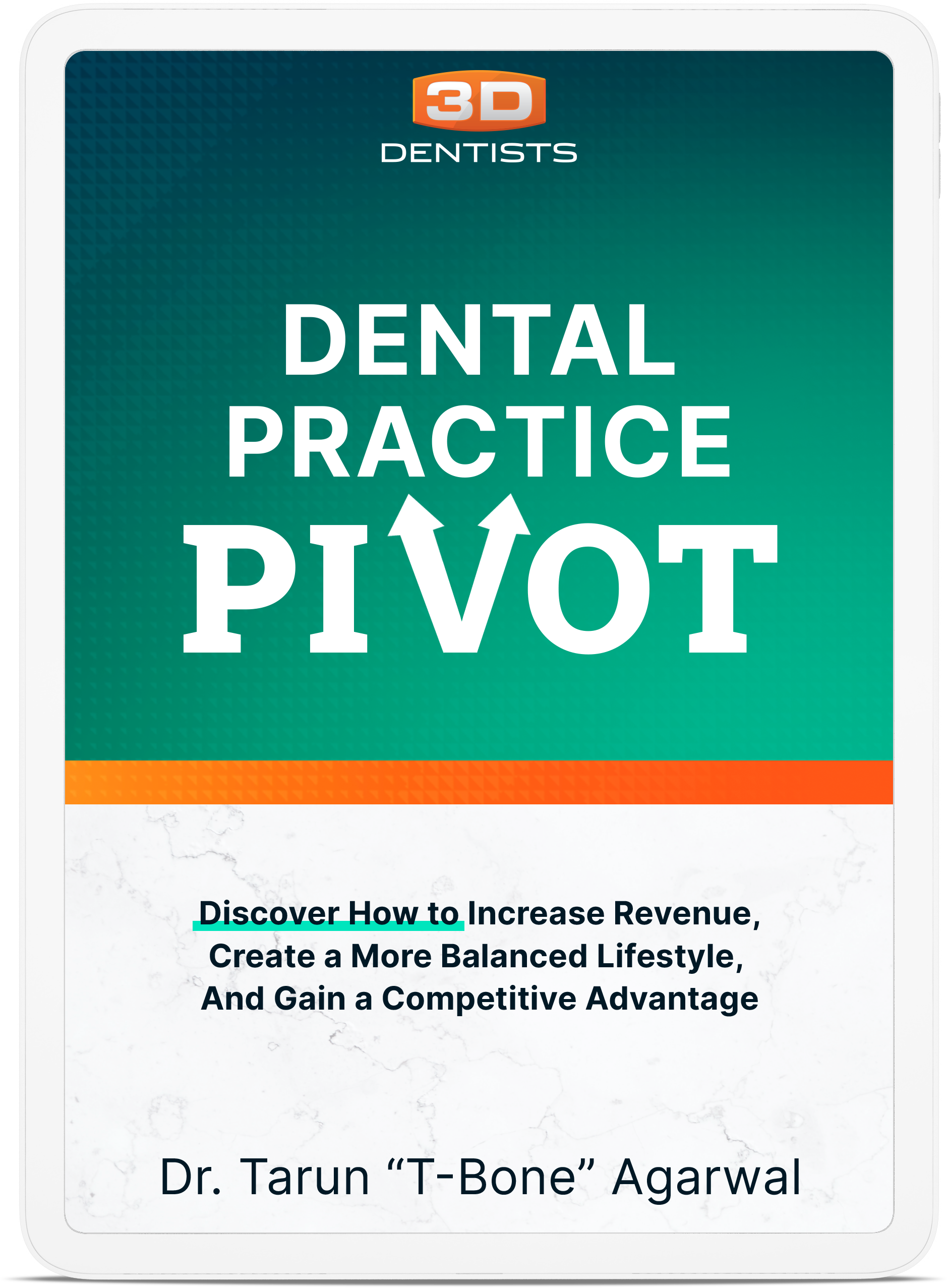Shape Matters: What should a lateral incisor look like?
As a long time Cerec user I have learned the hard way that there are several things one has to do to make anterior Cerec restorations look esthetic and natural . Anteriors demand accuracy in terms of shape, size ,shade, line angles, emergence, incisal edge position, symmetry, surface anatomy and texture. You miss out on one of these and the restoration seems to stand out like a sore thumb in the smile. In this article I would like to focus on the requirements to make a lateral incisor blend into the smile. I feel that the lateral incisor is one of the most difficult tooth to design .
I want you to focus on the 2 pictures below. In both the cases #10 has been restored by me with a Cerec restoration. Case A was done 8 years ago and Case B was done last year. I want you to focus on #10 on both the cases and decide which #10 looks better? Which #10 looks more natural and seems to belong in the smile and blend in better with the rest of the teeth?


I am sure all of you will agree that the #10 in Case B looks better. So lets try and analyze what is it about the #10 in case B that makes it look better. Over the years, by analyzing my own cases I have learned the following lessons regarding the shape of a lateral incisor:
Lesson 1: The facial surface of a lateral incisor should be triangular in shape compared to the central which could be more squarish or oblong in shape. The facial surface of #10 in Case B projects a triangular shape with the apex pointing towards the distal compared to the #10 in Case A which looks squarish.
Lesson 2: The mesial line angle should be more distally placed compared to the mesial line angle of the central incisor. This helps in creating the triangular shape and also divides the facial surface into 2 distinct zones. The zone between the lateral’s mesial contact and the mesial line angle (Zone 1) and the zone distal to the mesial line angle (Zone 2). Zone 2 should be more flatter and less convex. If you observe carefully #10 in case B has a distinct mesial line angle that creates the 2 zones compared to #10 in Case A that does not have definite zones and as a result it looks more convex.
Lesson 3: Zone 2 (facial surface) on a lateral incisor should be facing slightly more distal compared to the facial surface of a central incisor which faces directly facial.
Lesson 4: The incisal edge of a lateral should be mesially inclined like #10 in case B and unlike #10 in Case A which is more distally and facially inclined.
Lesson 5: On the facial plane the lateral incisor should be slightly lingually placed compared to the central incisor and the canine which are more prominent. If you observe carefully thats true in case B where the lateral sits back a little lingual and lets the central and the canine be more prominent where as in Case A the lateral looks more prominent compared to the central and canine.
I hope these principles will help you when designing your laterals.
Remember Shape does matter and Keep Cerecing.
If you want to learn more about Anterior Cerec Esthetics here is an exclusive link for Keep Cerecing members for a discount of $895 to my 2 day course in October at the 3D Dentist training Center in Raleigh, NC. This discount is for the first 6 registrants only.
https://www.eventbrite.com/e/cerec-anterior-oct-13-14-2017-tickets-34960942119?discount=KeepCERECing



